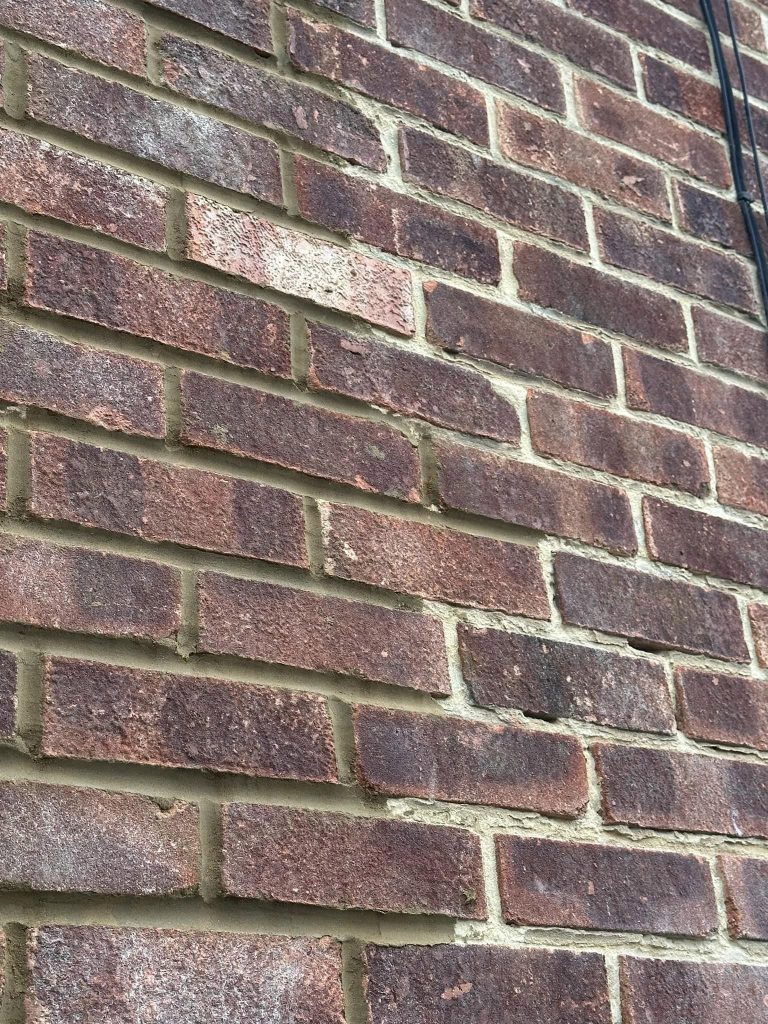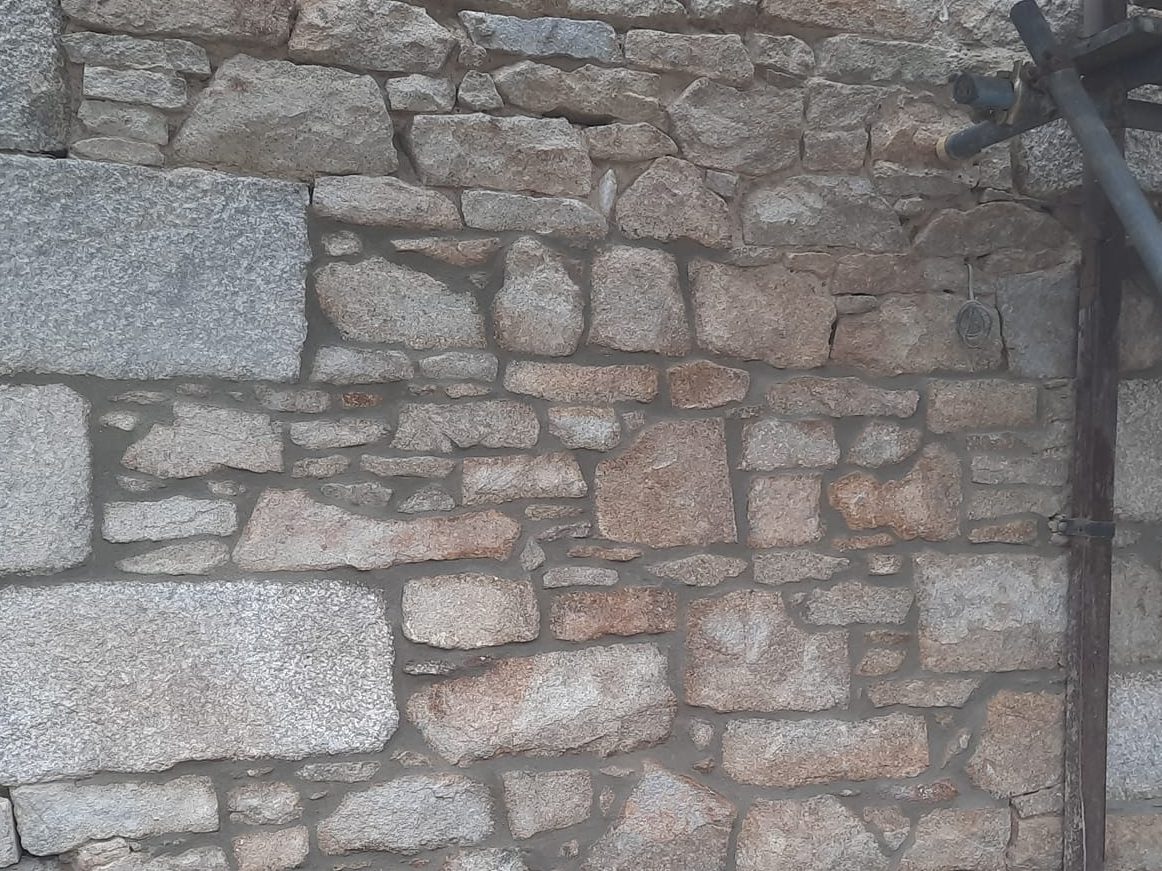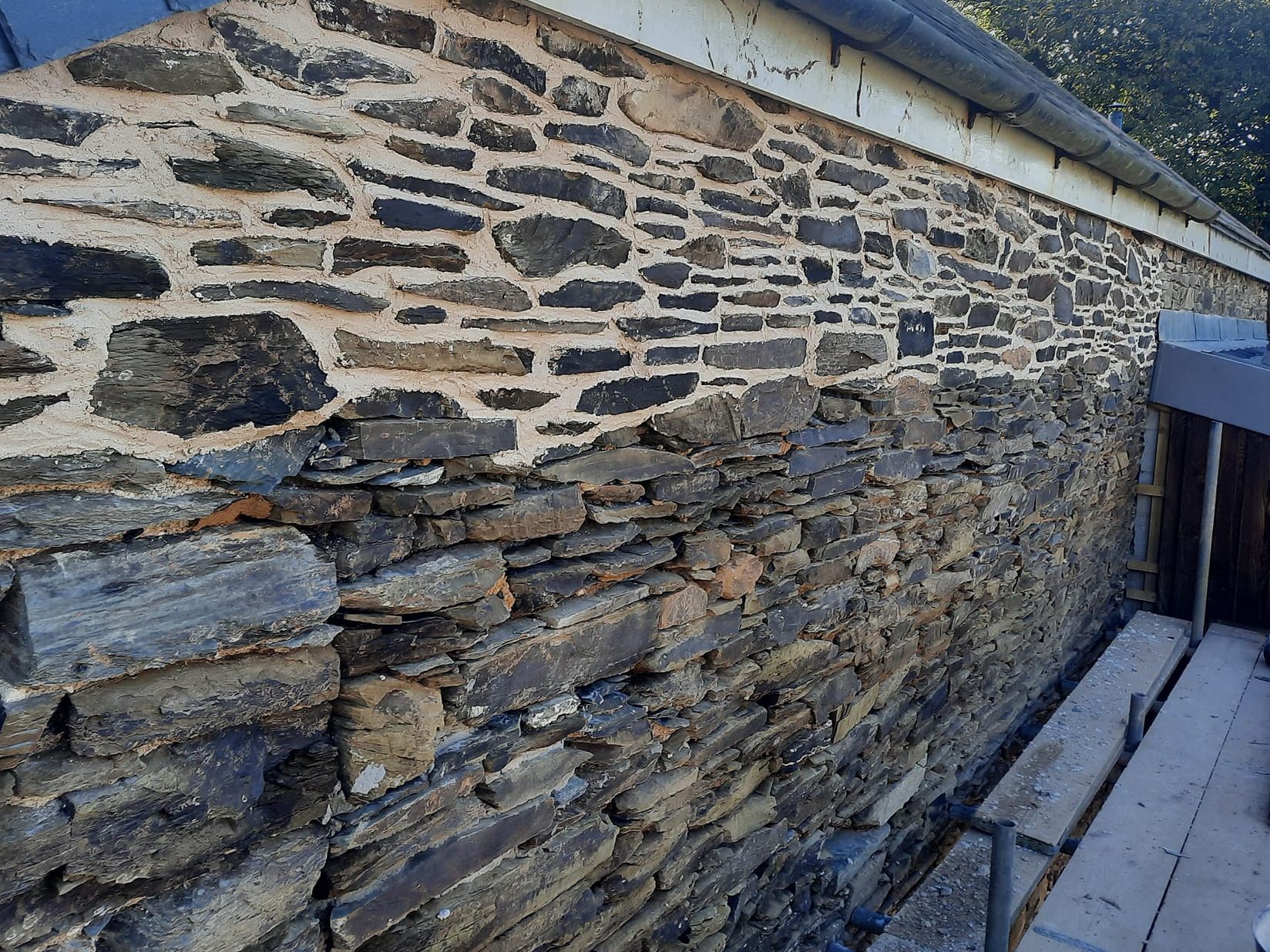Repointing is a crucial maintenance task for buildings with brick or stone masonry. It involves renewing the external part of mortar joints between bricks or stones. Over time, weathering, moisture, temperature fluctuations, and general wear and tear can cause the mortar between these materials to degrade. As a result, repointing becomes necessary for several reasons:
- Preservation of Structural Integrity: Deteriorating mortar compromises the stability and structural integrity of a building. Repointing reinforces the structure, preventing potential collapse or damage.
- Water Damage Prevention: Weathered or cracked mortar allows water to seep into the masonry. This moisture can lead to further erosion, mould growth, and damage to the building’s interior walls. Repointing seals these gaps, preventing water infiltration and safeguarding the building against water damage.
- Enhanced Aesthetics: Deteriorated mortar joints can diminish the visual appeal of a building. Repointing not only restores structural integrity but also enhances the appearance of the masonry, making the building look more appealing.
- Preventing Further Deterioration: Ignoring deteriorating mortar can exacerbate the problem. Without timely repointing, the surrounding bricks or stones may become loose or damaged, requiring more extensive and expensive repairs or even replacement.
- Longevity of the Masonry: Properly executed repointing extends the life of the masonry. It helps maintain the original quality of construction, preserving the historical and architectural value of older buildings.
- Energy Efficiency: Gaps in mortar joints can contribute to increased energy consumption. Repointing seals these gaps, improving the building’s insulation and potentially reducing heating and cooling costs.
Ultimately, repointing is necessary to maintain the structural integrity, aesthetics, and longevity of brick or stone masonry buildings. Regular inspection and timely repointing can prevent more extensive and costly repairs in the future while ensuring the building remains safe, visually appealing, and structurally sound.
What is repointing and the different types
Brick Repointing:

- Structural Integrity: Just like with stone masonry, deteriorating mortar in brick walls compromises structural stability. Repointing ensures that the bricks remain correctly supported and the structure remains strong.
- Water Protection: Bricks are porous, and eroded mortar joints can allow water to penetrate. Repointing seals these gaps, preventing moisture from infiltrating and potentially causing damage to the interior of the building.
- Preventing Further Damage: Crumbling mortar in brick walls can cause bricks to become loose or displaced. Timely repointing prevents further damage to the bricks, reducing the need for more extensive repairs.
- Aesthetic Improvement: Brick buildings with worn-out mortar joints can lose their visual appeal. Repointing enhances structural integrity and restores the brickwork’s original appearance, improving the overall aesthetics.
- Preservation of Historical Buildings: Proper repointing is essential for historical structures made of bricks to preserve their architectural authenticity and historical value.
Stone Repointing:

- Preservation of Structural Integrity: Similar to bricks, stones are held together by mortar joints. Deterioration of this mortar weakens the entire structure. Repointing is crucial to maintaining the stability and strength of stone walls or facades.
- Water Damage Prevention: Stones, like bricks, are susceptible to water penetration through deteriorated mortar. Repointing creates a waterproof barrier, preventing water from seeping in and causing damage.
- Preventing Displacement and Cracking: Stones in a wall can become loose or cracked due to degraded mortar. Repointing ensures that the stones are correctly secured and helps prevent further displacement or damage.
- Restoration of Appearance: Stone buildings or walls with eroded mortar joints can lose their aesthetic appeal. Repointing not only reinforces the structure but also enhances the visual appeal of the stonework.
- Conservation of Heritage: Historical buildings made of stone require careful repointing to maintain their original beauty and preserve their cultural and historical significance.
In essence, whether it’s brick or stone masonry, repointing is crucial for maintaining the structure’s integrity, aesthetics, and longevity. Regular inspection and timely repointing help prevent extensive damage and ensure these architectural elements remain durable and visually appealing.
What is lime Repointing?

Repointing refers to using lime mortar in the repointing process instead of modern cement-based mortars. Lime mortar, made from lime, sand, and water, has been used for centuries in construction and masonry work. Lime repointing has several distinct advantages:
- Historical Accuracy: Many older buildings were initially constructed using lime mortar. When repairing or repointing these structures, using lime mortar ensures historical accuracy and preserves the authenticity of the building’s construction methods.
- Flexibility and Breathability: Lime mortar is more flexible than cement-based mortar. It can accommodate slight movements in the building without cracking, making it suitable for older structures that may experience natural settling or movement. Moreover, lime mortar is breathable, allowing moisture to evaporate, which can help prevent moisture-related issues within the walls.
- Compatibility with Older Materials: Lime mortar is more compatible with soft, porous materials such as older bricks and stones. It allows for better movement and expansion, reducing the risk of damage to the original materials during temperature changes or structural shifts.
- Environmentally Friendly: Lime production typically has a lower environmental impact than cement production, making it a more eco-friendly choice for repointing.
- Aesthetic Value: Lime mortar offers a softer, more natural appearance that blends well with historic buildings. It tends to weather more gracefully over time, maintaining the character of the original masonry.
- Long-Term Durability: Properly executed lime repointing can contribute to the long-term durability of the building. The flexibility and self-healing properties of lime mortar can contribute to its longevity.
However, lime repointing also has considerations:
- Specialist Knowledge: Working with lime mortar requires specific skills and knowledge. Contractors or masons must be experienced in the traditional techniques of working with lime mortar for effective repointing.
- Slower Setting Time: Lime mortar typically takes longer to cure and gain its full strength than cement-based mortars. This can affect project timelines.
In summary, lime repointing offers several benefits, particularly for historic or older buildings, due to its compatibility, flexibility, and historical authenticity. However, it requires specialised expertise and may have different application techniques than modern cement-based mortars.
